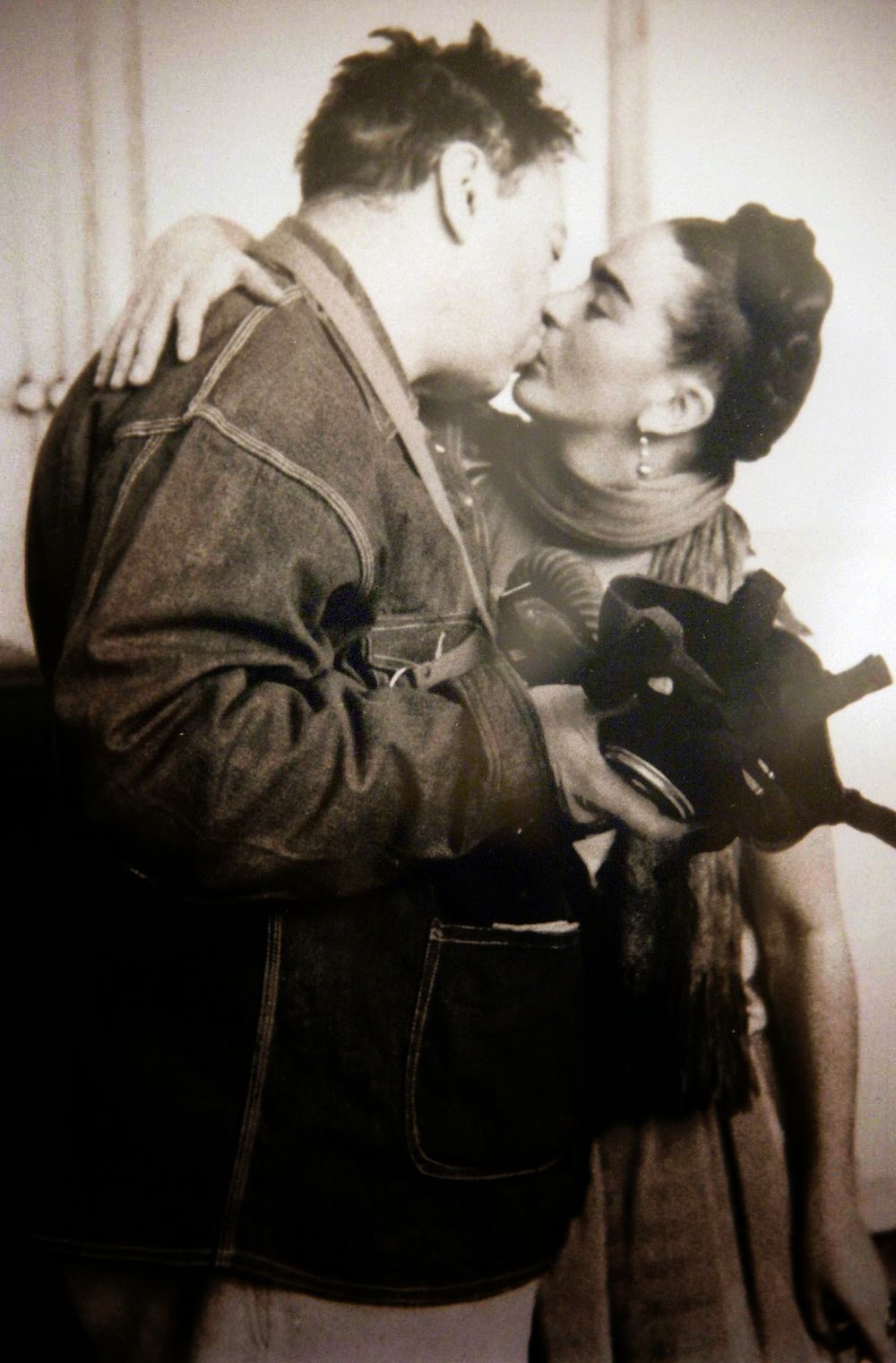Rembrandt's 'recipe for a stopping-out varnish' on the verso of a drawing 'Landcape with a River and Trees', 1654-55.
• "..in order to etch, take white turpentine oil, and add half the turpentine to it; pour the mixture into a small glass bottle and let it boil in pure water for half an hour".
It is evident that Rembrandt refers (alas fragmentarily) to a so-called 'stopping-out varnish', used to terminate the bite of acid in select areas of a plate that had already been exposed to the etching agent.
Thus other portions will remain exposed to the acid to deepen the bite.





.jpg)
.jpg)








.jpg)
.jpg)